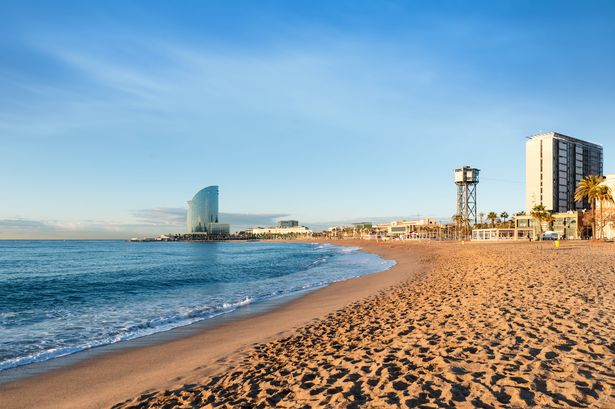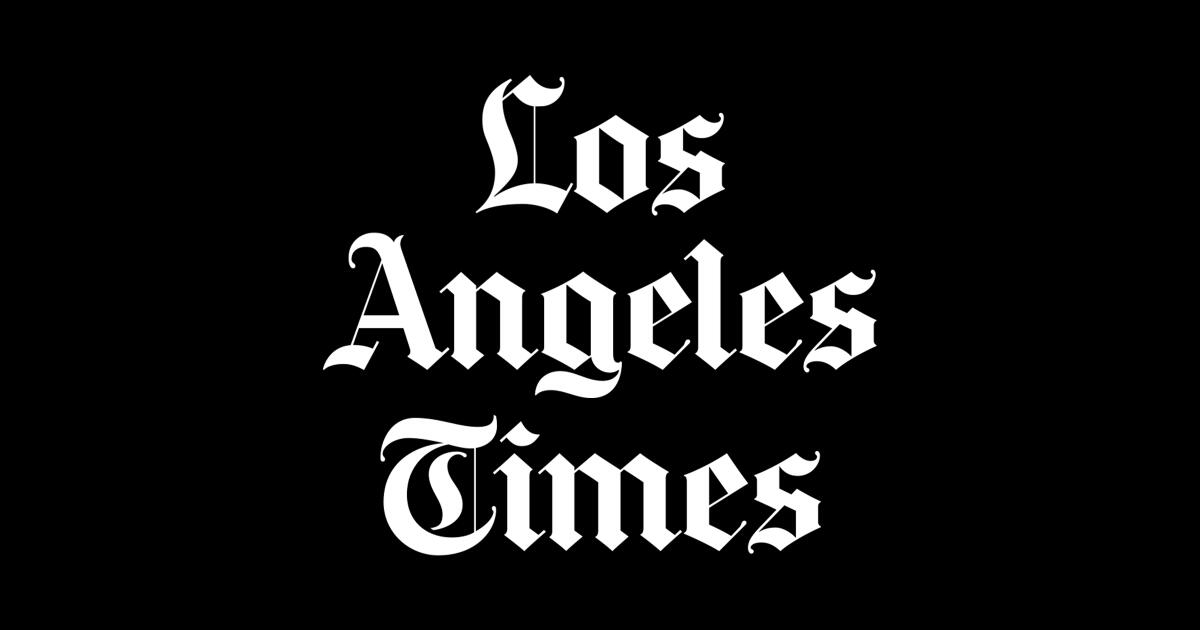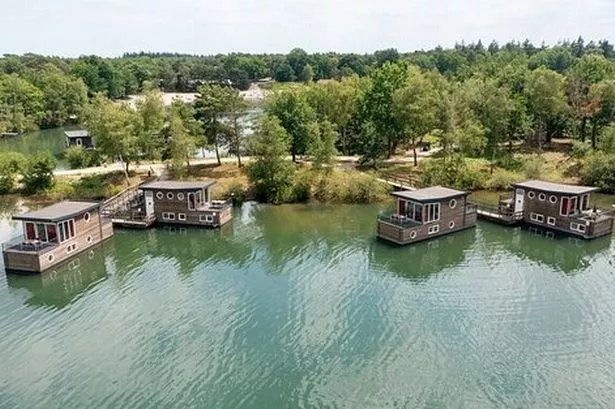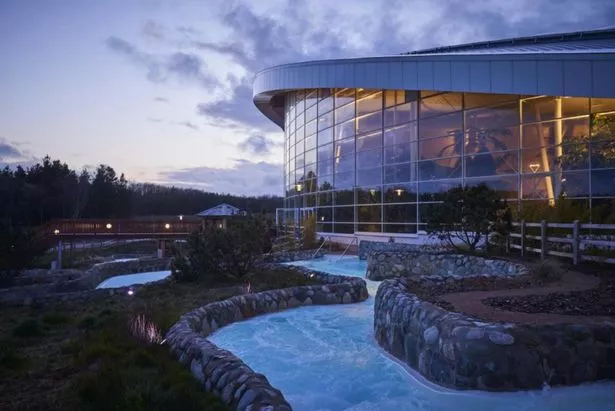A popular Spanish city that was once bustling with tourists is now “dead” as Brits have allegedly ditched the destination to holiday elsewhere, and it’s not the first time Spain is said to have been quiet this year
A once bustling Spanish city is now “dead” as Brits have reportedly abandoned the destination for other holiday spots, marking another quiet period for Spain this year. Footage has surfaced online showing the area’s completely deserted streets.
Laura, who goes by lauratravelvlogs on TikTok, has been chronicling the stark changes in Barcelona this year, having resided there herself for over two years. She noted a significant drop in visitor numbers and, for months, she’s been posting videos of Spain‘s vacant streets, silent roads and empty beaches – all to illustrate the drastic shift in the country’s tourism landscape.
In a recent video featuring eerily quiet roads, Laura questioned: “Sorry, no one can argue that these roads leading up to the beach were not packed in 2023?” It appears others also concur with her observations about Spain’s dwindling crowds in recent years.
Laura mentioned that there are still some tourists “for now” at popular spots, but claimed spending is at an “all time low”. She has noticed a substantial change over the past two years, and is astounded by how tranquil the city has become.
In an earlier video, Laura highlighted how deserted the city centre was during the summer because “tourists don’t feel welcome”. She suspects the protests that have occurred in Spain have deterred people from visiting altogether.
Hundreds of people have responded to the footage since it emerged online, with many eager to voice their opinions. Their reactions were quite split.
One viewer commented: “One by one businesses from all sectors will start to close – that’s the sad thing.” Another chimed in with: “There’s already a lot of smaller towns that have fallen into despair.
“So many people have lost their jobs due to the drop in tourism. It’s madness – they’ll be begging people to go back in a few years.”
A third responded: “Tourism is Spain is 40% down. The south coast of Spain was eerily quiet last week.”
Meanwhile, a fourth also remarked: “Spain is old news – there are far nicer countries to spend your money in.”
Some viewers questioned what time of day the footage was captured though, with others suggesting it’s not entirely doom and gloom. One individual said they visited in March and there were “hundreds more” people about, even though some Brits believe the resort is “finished” when it comes to tourism.
Overall, it’s been documented that Spain has been deserted by numerous holidaymakers, with eateries and coastlines appearing virtually deserted. Areas of the nation have been witnessing a drop in visitor figures for the first time since the pandemic, alongside years of anti-tourist demonstrations by residents.
In August, images from Benidorm showed a multitude of vacant seats outside various establishments and rather deserted beaches. This is particularly unusual for major holiday hotspots during the summer period.
Miguel Pérez-Marsá, the head of the nightlife association, previously told Majorca Daily Bulletin: “The tourists we’re interested in are being driven away; they don’t feel welcome and are going to other destinations.” The impact is also being felt by tour guides.
Pedro Oliver, president of the College of Tour Guides, disclosed that excursion sales have plummeted by 20% this summer. “If you generate negative news, which has repercussions in other countries, tourists opt for other destinations when choosing their holidays,” he stated.
“We are sending the message that we don’t want tourists and that everything is too crowded.”



